This time We tell you what are the similarities and differences between fender and bumper, where they are used, why the owner of the yacht buys fenders and the owner of the pier buys bumpers.
Both fenders and bumpers serve the same function - protection from damage. The difference lies in the object of this protection. The materials used for both types of protection can also be attributed to the similarities - these are polymers or polymer alloys.
Now let's take a closer look at the differences and discuss each type of protection separately.
Fenders Are for Boats
The fender’s object of protection are boats of various designs. Fenders are placed in the most vulnerable areas of the vessel, which can be damaged when mooring or maneuvering in narrow lagoons, cramped marinas or old locks.
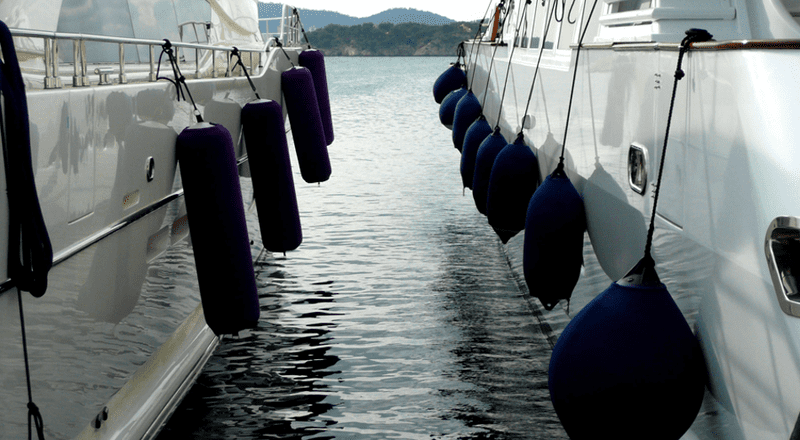
The material used to make them is usually rotationally molded vinyl or soft foam - polymers that provide excellent damping effect. Protection made of such material absorbs all the force of the impact of the boat on the pier or on the side of the neighboring boat. The force is distributed over the entire area of the fender, reducing its strength at the point of impact. In this case, the amplitude of the rocking of the boat on the wave is damped, which leads to a decrease in the strength of subsequent blows.
Manufacturers of marine equipment and accessories are constantly working on improving the design of fenders, as a result of which the following boat protection models are available to yacht owners, including at the topRik marketplace:
- by shape - cylindrical, spherical, flat;
- by design - inflatable with an air chamber, filled with foam, sheet made of soft PVC;
- by the placement location - side, transom, bow (on the stem, bowsprit, anchor).
Of course, there are many more varieties of fenders - their differences may include a different design of the lugs, as well as the ability to mount protection in a vertical or horizontal direction. But the main ones are listed above, and details can be found in the corresponding section of this website.
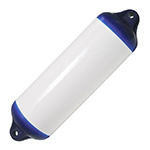 Cylindrical Fenders
Cylindrical Fenders 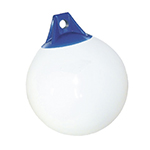 Round Fender
Round Fender 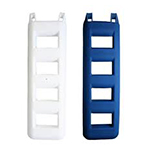 Ladder & Steps Fenders
Ladder & Steps Fenders 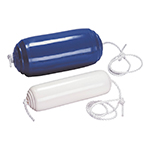 Thru-hole Fenders
Thru-hole Fenders 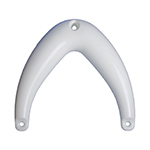 Bow & Stern Fenders
Bow & Stern Fenders 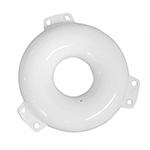 Ring Fenders
Ring Fenders 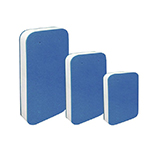 Cushion and Flat Fenders
Cushion and Flat Fenders 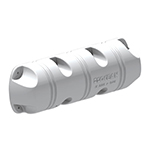 Dock Fenders & Accessories
Dock Fenders & Accessories 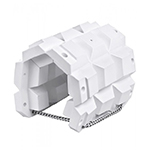 Pile Fenders
Pile Fenders When buying fenders to protect a yacht or boat, you should take into account the parameters of the boat and the protective devices themselves, as well as the features of the water area (for example, the presence of a chop or tidal wave).
The practical experience of generations of sailors suggests that the following statements are true for calculating the number and size of fenders for a particular boat:
- the length of cylindrical fenders should cover up to two thirds of the freeboard, and pear-shaped fenders of large diameter should cover about half of its height;
- side fenders are placed every two to three meters on the sides of the boat;
- installation process of special fenders for the bow and stern depends on the type of boat (catamaran, monohull, etc.)
Bumpers Are for Piers
Almost everything that has been written about fenders in the field of their purpose and materials used can be attributed to bumpers with the only difference: this is protection for all types of berths and piers.
At the same time, mooring bumpers protect both the structure itself and the docked yachts.
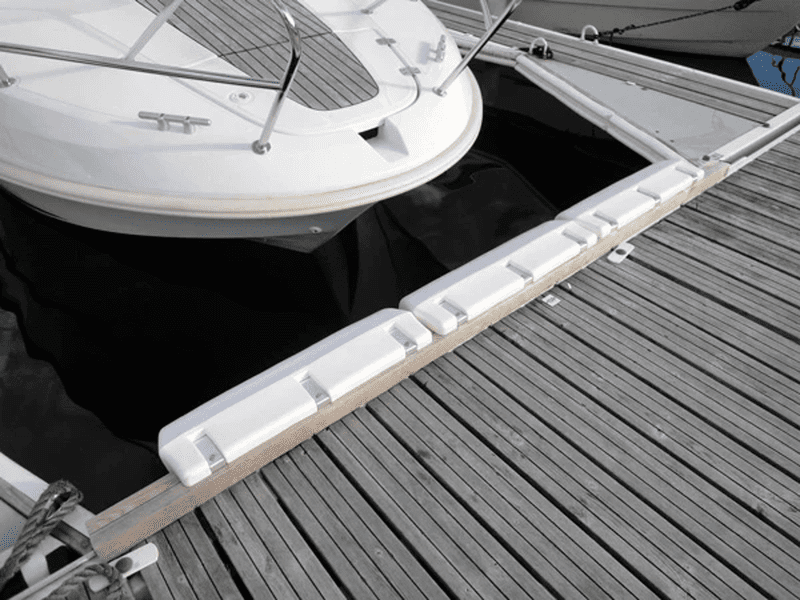
In ports where huge trawlers and liners moor, massive protective extruded structures made of durable polymers and alloys are used.
For private berths, including floating structures, protective bumpers are in many ways similar to flat and shaped fenders. Depending on the displacement of the boats that moor here, the protective structures can be inflatable, filled or made of solid polymer.
To be fair, for many yachtsmen the terms “fender” and “bumper” are interchangeable. Their above-described strict differentiation is observed mainly by manufacturers and sellers of these products to make it easier for boat owners to find the necessary boat protection accessories.








